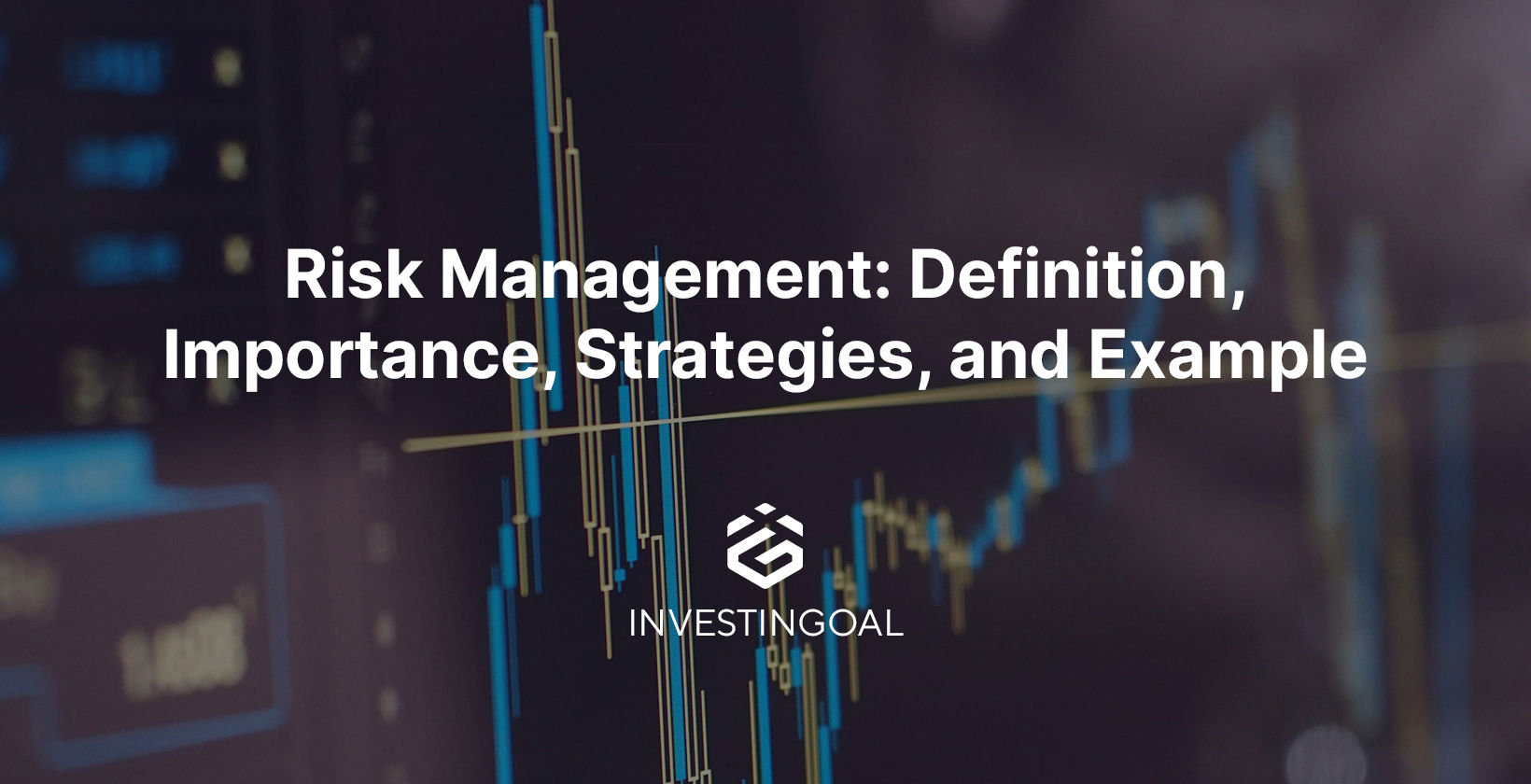Why the Importance of Risk Management Cannot Be Ignored in Today’s Economy
Why the Importance of Risk Management Cannot Be Ignored in Today’s Economy
Blog Article
Discovering the Importance of Risk Management for Effective Decision-Making Strategies
In the complex world of service, Risk Management becomes a vital variable in the decision-making process. The capability to identify possible dangers and chances, and strategize as necessary, can mean the distinction between success and failure. With devices such as SWOT and PESTEL, organizations are outfitted to make educated choices, cultivating strength and versatility in an ever-changing setting. Wondering exactly how this works? Let's unpack the dynamics even more.
Comprehending the Idea of Risk Management
Risk Management, a crucial element in decision-making, is usually misunderstood or oversimplified. Generally, it refers to the identification, examination, and prioritization of dangers to decrease, monitor, and control the chance or effect of regrettable occasions. Nonetheless, it's not just concerning protecting against negative end results, yet also concerning identifying possible chances. Risk Management includes regimented and organized strategies, making use of data and insightful analyses. It needs a detailed understanding of the organization's context, purposes, and the possible dangers that could combat them. From monetary uncertainties, lawful responsibilities, calculated Management errors, to crashes and natural calamities, it deals with different risks. Notably, effective Risk Management is not stationary; it's a continual, forward-looking procedure that progresses with changing conditions.
The Duty of Risk Management in Decision-Making Processes
In the world of calculated planning and organization procedures, Risk Management plays an indispensable role in decision-making procedures. It aids in determining possible hazards and unpredictabilities that might affect the success of service purposes. By tracing these dangers, business can create strategies to minimize their impact, guaranteeing company connection and stability. Risk Management thus ends up being an important tool in decision-making, aiding leaders to make enlightened choices based upon an extensive understanding of the risks involved. It urges an aggressive approach, enabling companies to prepare for and prepare for possible future scenarios. This considerably decreases the probability of adverse effects, advertising extra reliable and efficient decision-making techniques. Consequently, Risk Management acts as an important part in the decision-making processes of any type of company.

Just How Risk Management Improves Strategic Preparation
In the context of critical planning, Risk Management plays an essential role. Initiating with the recognition of possible threats, it further encompasses the implementation of Risk mitigation procedures. The role of Risk Management is not static yet vibrant, as it demands constant tracking and adjusting of techniques.
Identifying Possible Dangers

Carrying Out Risk Mitigation
Having actually established the importance of determining prospective risks, the next step is to discover Risk mitigation. This procedure includes creating and executing techniques to take care of determined risks efficiently. It is an important element of critical planning as it improves decision-making by decreasing prospective adverse end results. Risk reduction approaches can range from Risk avoidance, Risk transfer, to take the chance of reduction. Each strategy needs to be customized to the particular Risk, considering its potential impact and the company's Risk tolerance. Additionally, efficient Risk reduction needs a deep understanding of the Risk landscape and the potential impact of each Risk. This understanding enables organizations to prioritize dangers and assign resources properly, ensuring that one of the most considerable hazards are resolved initially.
Surveillance and Readjusting Strategies
Though Risk reduction is an important action in calculated planning, continuous monitoring and adjustment of these techniques is equally important. It also offers an opportunity to assess the success of the Risk Management actions, permitting changes to be made where essential, further improving tactical preparation. Surveillance browse this site and readjusting Risk Management techniques is a critical part for improving a company's durability and tactical planning.
Instance Researches: Effective Risk Management and Decision-Making
In the world of organization and financing, successful Risk Management and decision-making typically serve as the columns of flourishing enterprises. These situations highlight the worth of astute Risk Management in decision-making procedures. These situations underscore the essential role of Risk Management in critical decision-making.
Devices and Techniques for Effective Risk Management
Navigating the intricate maze of Risk Management requires the appropriate set of tools and techniques. These tools, such as Risk registers and heat maps, aid in determining and assessing potential risks. Techniques include both quantitative techniques, like level of sensitivity evaluation, and qualitative approaches, such as SWOT evaluation. These aid in prioritizing threats based on their possible effect and probability. Risk feedback strategies, a crucial element of Risk Management, entail approving, avoiding, moving, or mitigating dangers. Surveillance and managing risks, with regular audits and evaluations, guarantee that the strategies stay effective. With these strategies and tools, decision-makers can navigate the facility landscape Clicking Here of Risk Management, thus promoting notified and reliable decision-making.
Future Fads in Risk Management and Decision-Making Approaches
As we explore the substantial landscape of Risk Management, it comes to be obvious that the methods and tools made use of today will proceed to advance. The idea of Risk culture, where every participant of a company is conscious and entailed in Risk Management, will certainly get a lot more prestige. These fads declare an even more positive and comprehensive method towards Risk Management and decision-making.
Conclusion

Risk Management therefore comes to be a vital device in decision-making, assisting leaders to make educated choices based on a comprehensive understanding of the threats included. Risk mitigation approaches can vary from Risk evasion, Risk transfer, to risk decrease (importance of risk management). Efficient Risk reduction needs a deep understanding of the Risk landscape and the possible effect of each Risk. Risk feedback approaches, a crucial component of Risk Management, entail approving, avoiding, moving, or mitigating dangers. The principle of Risk culture, where every participant of an organization is mindful and included in Risk Management, will get much more prominence
Report this page